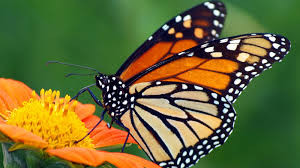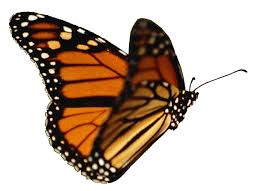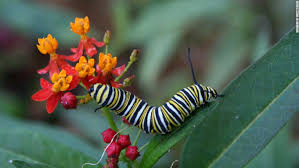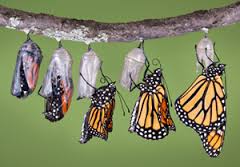~Springtime in the Rockies~
Eastern North American Monarch Population
The eastern population of North America’s monarchs winter in the same 11 to 12 mountain areas in the States of Mexico and Michoacan from October to late March. Monarchs roost for the winter in oyamel fir forests nearly 2 miles above sea level. The mountain hillsides of oyamel forests provide an ideal microclimate for the butterflies. Here temperatures range from 32 to 59 degrees . If the temperature is lower, the monarchs will be forced to use their fat reserves. The humidity in the oyamel forest assures the monarchs won’t dry out, allowing them to conserve their energy.
Western North American Monarch Population
Monarchs living west of the Rocky Mountain range in North America winter in California along the Pacific coast near Santa Cruz and San Diego. Here the conditions are very similar to that of central Mexico. Monarchs roost in eucalyptus, Monterrey pines, and Monterrey cypresses in California.
Clustering in Colonies
Monarchs cluster together to stay warm. Tens of thousands of monarchs can cluster on a single tree. Although monarchs alone weigh less than a gram, tens of thousands of them weigh a lot. Oyamel trees are generally able to support the clustering butterflies, but sometimes branches break.
Traveling North
As warm temperatures and lengthening days arrive, the migratory generation of monarchs finishes the development they halted prior to their migration. They become reproductive, breed and lay their eggs for the new generation.
This starts their northern journey back to North America. Unlike the generation before them, who made a one-generation journey south, successive generations make the journey north. Generation 1 monarchs are the offspring of the monarchs who overwintered in Mexico. Multiple generations of monarchs are moving further North with every migration, each successive generation travels farther north. It will take 3-4 generations to reach the northern United States and Canada.






